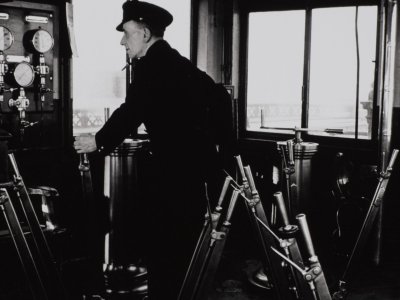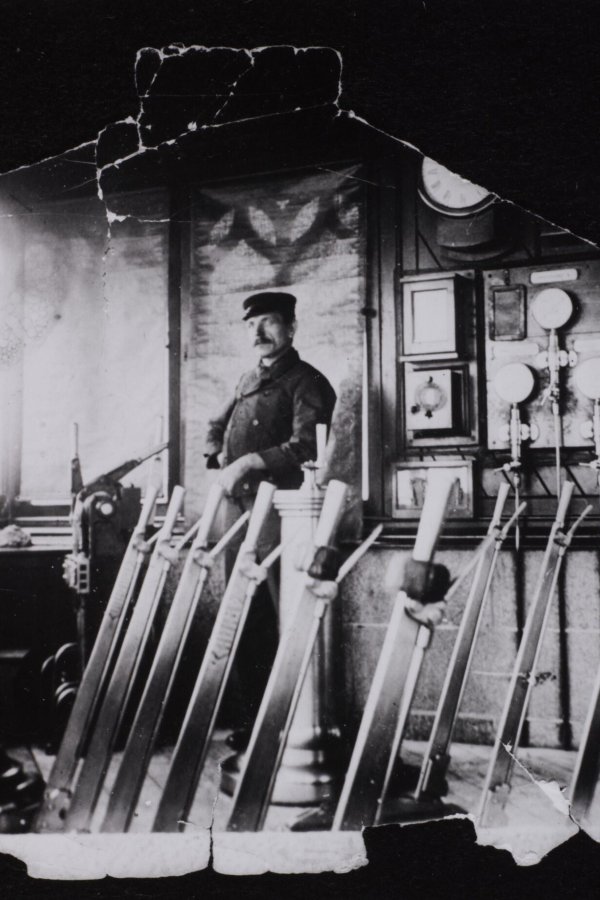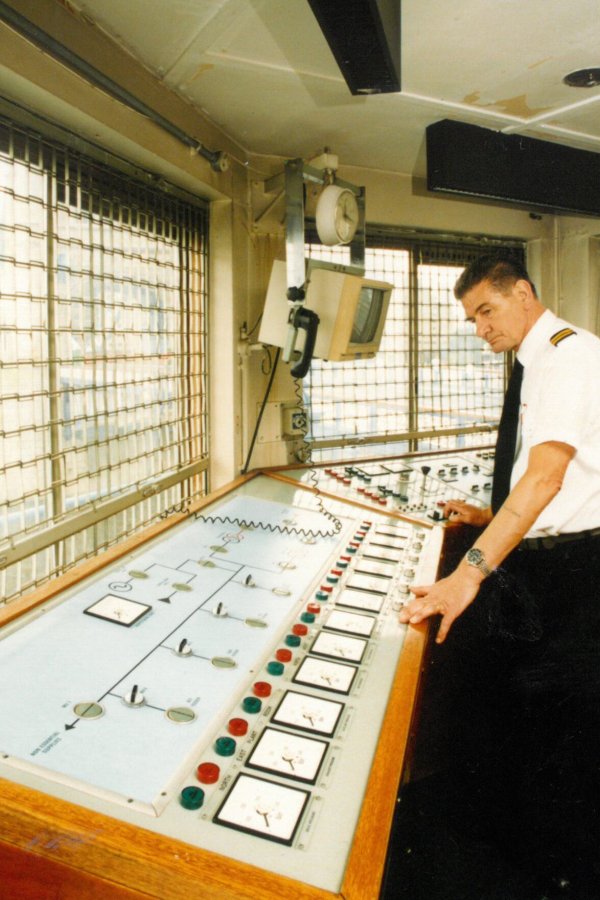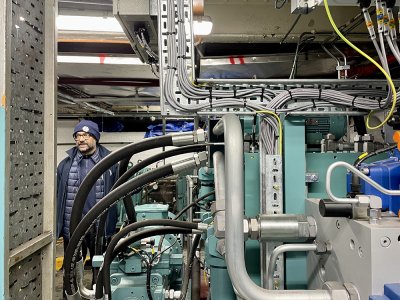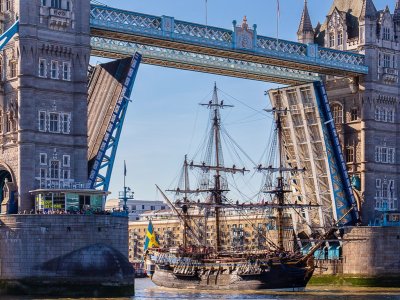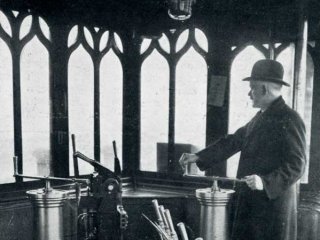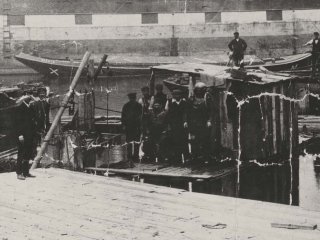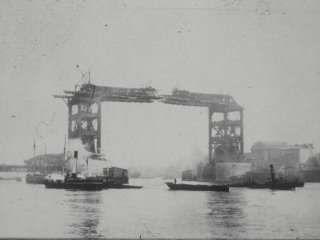What does a Bridge Driver do?
Behind the spectacle that is a Bridge Lift, there is a highly skilled Bridge Driver. Raising Tower Bridge’s mighty bascules requires expert knowledge; these professionals must have an excellent understanding of hydraulics and mechanical systems.
Take a deep dive into the history of Bridge Drivers, discover how the role has changed in the past century and find out what it takes to train for such a truly unique job.
